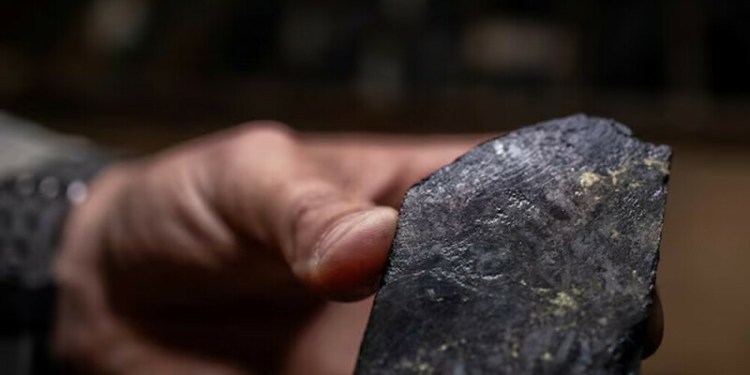LONDON: The cobalt market is no stranger to boom and bust cycles but the current downturn is unprecedented and no-one is sure how long it’s going to last.
London Metal Exchange (LME) cobalt has imploded from a high of $82,000 per metric ton in April 2022 to $21,550, the lowest level since the contract was launched in 2010.
Once again the market has been swamped by over-production in the Democratic Republic of Congo, the world’s dominant source of the battery metal.
But while it was an artisanal mining surge that caused the bust of 2018-2019, this time around it’s China’s giant CMOC Group.
The company more than doubled its output of cobalt last year, pumping nearly 60,000 tons of extra metal into a global market of just over 200,000 tons.
It doesn’t help that cobalt’s bright new energy narrative is starting to unravel as the electric vehicle (EV) sector evolves.
Cobalt champion
CMOC was formerly known as China Molybdenum Corp and it remains a significant producer of the steel alloying ingredient.
But thanks to the company’s two massive copper mines in the Congo it has rapidly grown to become the world’s largest producer of cobalt, which comes as a copper by-product.
Both TFM and KFM mines have been aggressively ramping up output and the company had said, opens new tab it planned to lift cobalt output from 55,526 tons in 2023 to 60,000-70,000 tons in 2024.
Wheat hits 4-month high as supply fears trigger short-covering
Actual production last year came in at 114,165 tons, stunning the market. Guidance for this year is 100,000-120,000 tons.
CMOC is not going to lose its title of world’s largest cobalt producer any time soon.
The concession at the TFM mine encompasses a massive 1,600 square km (618 sq. miles) of potentially resource-rich ground.
By-product blues
CMOC also churned out a massive 650,000 tons of copper from its Congo mines last year.
While the price of cobalt has drifted ever lower, copper hit a record high last year, incentivising producers such as CMOC to rush units to market.
In the Congo more copper means more by-product cobalt.
Indeed, 98% of all the world’s cobalt production comes as a by-product to either copper or nickel, according to the Cobalt Institute.
That’s a double problem for the cobalt market.
Indonesia’s nickel production has boomed in recent years and so too has its output of by-product cobalt.
The country is now the world’s second largest cobalt producer and still expanding.
Cobalt’s fortunes are forever tied to those of copper and nickel, meaning it has no independent price floor.
The price can carry on falling but that’s not going to stop CMOC from producing more cobalt as long as the copper price encourages it to maximise output.
Such is the scale of CMOC’s cobalt foot-print it has negated the potential of even Congo’s large artisanal sector to act as a swing producer and tame supply.

Source: Brecorder
























